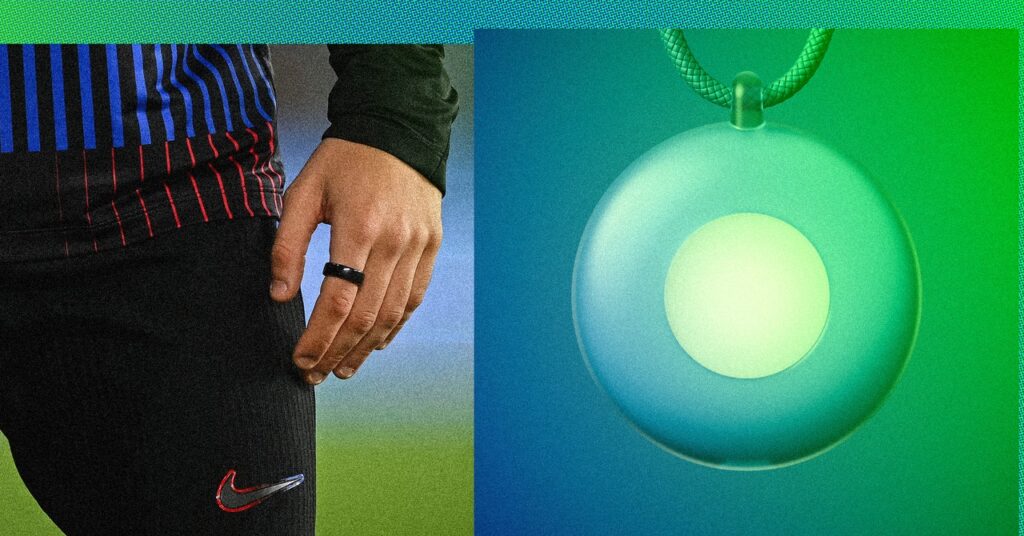the new year it’s a time for reflection, renewal, and wild speculation about what wonders (or new hell) the future might hold. Nowhere does this mixture of anxiety and advanced techno-evangelism emerge more profusely than at CES.
The giant consumer tech showcase descends on Las Vegas starting Jan. 7, bringing with it a whirlwind of buzz about the newest gadgets and gizmos. And yes, all of these things are sure to be packed with AI features. They will probably ask you to bring a lot of them.
AI has dominated CES, and seemingly every facet of our culture, for the past two years. A tsunami of AI technology burst onto the shores of CES 2024, and while the flood waters may have receded somewhat since then, the storm of hype surrounding the promise of AI will continue the increase
“You’ll definitely see AI wearables from the plethora of vendors at CES,” says Jitesh Ubrani, director of research at analyst firm IDC. “I don’t think it’s going to be similar to what we saw last year, where you had a lot of dedicated hardware for AI. More so, will AI be built into existing devices or be an additional feature of a device rather than the only thing it’s good for.”
Wrapped AI
With most of the spoils of the current artificial intelligence boom going to the industry’s top predators (OpenAI, Google, Meta) and their mature and well-trained language models, startups looking to compete are focusing on more in the physical layer of the user experience.
“You’re not going to add any value by building your own AI model,” says Anshel Sag, principal analyst at Moor Insights and Strategy. “So the next step is to implement the AI. The easiest way to do that is with some kind of hardware.”
We saw many of these AI-enabled devices in 2024. Together they showed a variety of use cases, but most were still just vessels for using AI on something that wasn’t your phone or computer. Some of them with licensed models like ChatGPT, while others used custom software to drive their interactions, but both paths have been difficult. Devices like the Humane AI pin and the Rabbit R1 started the trend, although they were ultimately underwhelming. The Friend necklace, which you wear and interact with via a mobile app, created controversy for being a device with an always-listening microphone. Others have hinted at bigger ambitions, like the Plaud.AI pin, which for now summarizes your meetings, but could eventually be asked to attend the meeting.
There are still many more dedicated AI devices. Some could be useful and others rely on AI interactions just to look advanced or generate interest. Whatever your AI gadget taste, CES will be the place to stick, stick, slide and stick them. We’ll see the debut of new necklaces, glasses, pins, and of course, headphones. I’ve lost count of how many press pitches I’ve received before the event from companies wanting to show off their purpose-built AI headsets that let you interact with she-esque chatbots. There are even sex toys. (I will spare you the content of these emails.)



